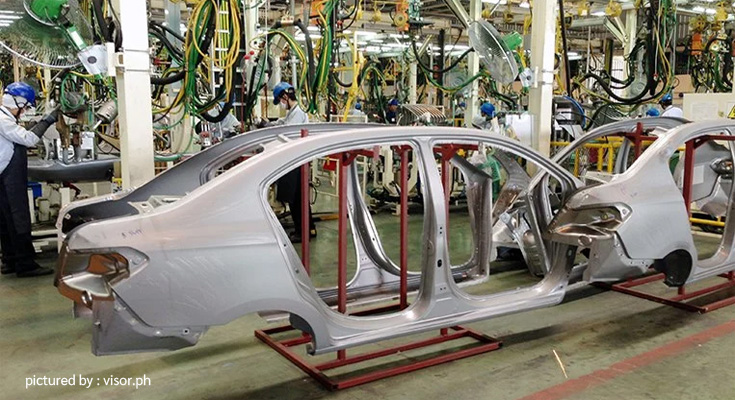How big is the car manufacturing industry in Australia? What is the state of the car industry? Car manufacturing is a key sector in the economy of both Western Australia and New South Wales, supporting thousands of jobs. Over the last few years, the number of vehicles on the road has declined, however as the economy recovers car manufacturing is expected to grow strongly through to the future.
Manufacturing in Western Australia consists of two types of industries, High-value Manufacturing (HVMM) in Perth and Mild Steel in Western Australia’s Low Income Industry (LSI). In both cases, the main components manufactured are from locally produced steel and aluminum, with other components such as motor parts coming from worldwide sources. However, the majority of components in these factories are manufactured in China and India. There has been a dramatic increase in the number of vehicles on the road in recent years, but this has not helped the automotive industry to develop sustainable employment levels, nor created a high level of real local employment.
The Number of New Car Sales
The decline in the number of new car sales has had the desired effect on the employment figures for both Western Australia and New South Wales, but the picture is much worse in the rest of Australia. Between the Northern Australia Motor Vehicle Industry (NAMPV) and The Australian Motor Industry (AMDI), the decline in new car sales has had the most negative impact on employment levels, with the industry’s employment figures falling by almost 25%. While the overall level of industry employment has slightly risen, it is nowhere near what it was fifteen years ago, and the net result is a loss in employment compared to the level of new industry growth.
The car manufacturers are not the only businesses affected by the low wages that are being paid. While the car manufacturers have suffered the greatest loss in revenue, the retailers who use the cars as their main source of revenue also have suffered at the hands of the economy. As the car manufacturers have reduced their production, the retailers who rely on the consumer spending power of the car buyers have also suffered at the retail front. At the same time, the car manufacturers have had to reduce their workforce numbers, with many staff members moving to other businesses as well. As a result, between the car manufacturers, the retailers, and the workforce, the wages and conditions have fallen to new lows.
The Biggest Victims
Toyota has been one of the biggest victims of the changing consumer spending habits in the US, and the company’s North American division has also been affected by this trend. As the company has lost ground in the North American economy, the corporate management has been forced to re-adjust their balance sheets. Many of the changes that have been made to the Toyota corporate divisions have been directed towards lowering the costs of production and increasing the profits that can be generated by increasing the efficiency of the company. Some of the changes have included the introduction of an MPV – the first automobile in the world to be introduced with the feature – and the introduction of two new subcompact models, the Prius and the Gallina.
Other manufacturers in the car industry have also had to change their production strategies to increase competitiveness. In the case of the Toyota division, the plan is directed at reducing the cost of production. This will allow the company to increase its share of the American car market and gain a stronger position in the highly competitive global economy. Meanwhile, other manufacturers like the Honda Company, Nissan, and Ford are following the lead set by the Toyota Company. The efforts of these manufacturers will be seen in the coming years as they attempt to keep their foothold in the volatile global economy.





